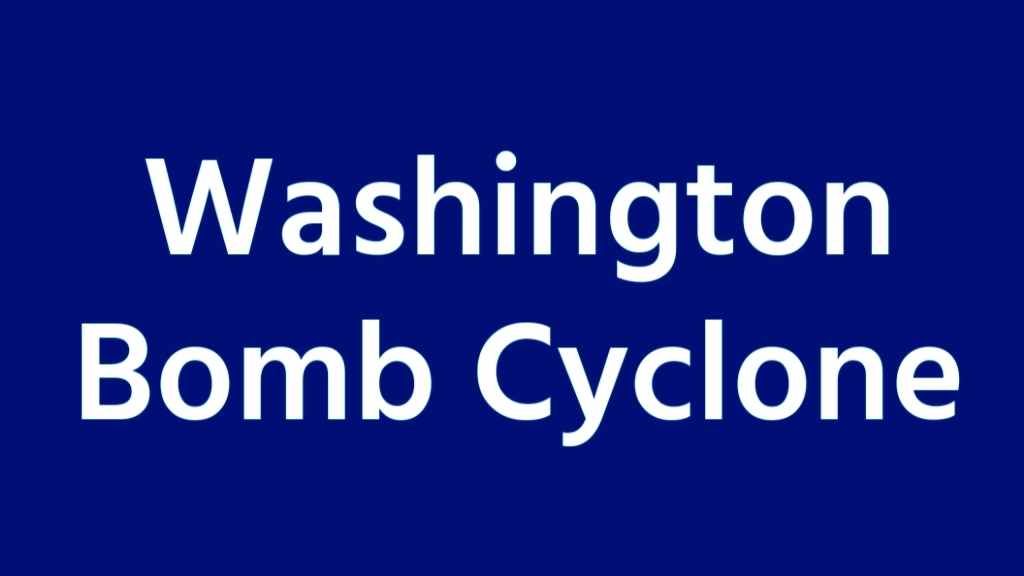Introduction: Washington bomb cyclone Nature’s Fury Unleashed
In late November 2024, Washington state experienced one of its most powerful weather events in decades – a ferocious bomb cyclone that left a trail of destruction across the region. This unprecedented storm brought chaos to communities from Seattle to the Cascade foothills, reminding us all of nature’s raw power.
Understanding the Science Behind the Storm
What Exactly Is a Bomb Cyclone?Unlike typical winter storms, a bomb cyclone forms when atmospheric pressure plummets dramatically – at least 24 millibars in 24 hours. The November 2024 event surpassed even this threshold, with pressure dropping to 942 millibars, equivalent to a major hurricane.
Why This Storm Was Historically Significant
Three key factors made this weather event particularly dangerous:
-Explosive Development: The system intensified faster than most weather models predicted
-Dual Threats: Combined hurricane-force winds with atmospheric river moisture
-Unusual Timing: Occurred early in the storm season before many were prepared
The Human Toll: Tragic Losses and Heroic Responses
Fatalities That Shook Communities
The storm claimed lives in heartbreaking ways:
-In Kirkland, a 54-year-old educator died when an ancient fir tree crashed through her bathroom
-A Lynnwood mother of two perished while protecting her children in a makeshift shelter
Injuries and Close CallsEmergency rooms saw:
-A Maple Valley couple rescued after 8 hours trapped under their collapsed mobile home
-Dozens of lacerations from flying debris reported across Puget Sound
Infrastructure Under Siege
The Great Blackout of 2024
Power systems failed catastrophically:
-Some rural areas waited 11 days for restoration
-Hospitals relied on backup generators for 72+ hours- 40% of cell towers in affected areas went offline
Transportation Network Paralysis
The storm’s impact on movement:
-Over 200 state roads blocked by debris- Sea-Tac Airport cancellations affected 150,000 travelers
-Historic suspension of Washington State Ferries service
Lessons From the Storm: Preparing for the Next One
Home Readiness Checklist
-Anchor heavy furniture to walls- Maintain a 30-day supply of critical medications
-Install storm shutters or pre-cut plywood for windows
Vehicle Preparedness
-Keep chains and winter kit year-round- Store waterproof documents in glove compartment
-Identify multiple evacuation routes from your area
Community Resilience Strategies
Neighborhoods that fared best had:
-Established tree maintenance cooperatives- Designated emergency meeting points
-Shared generator resources among vulnerable residents
The Road to Recovery: Where We Stand Now
Six months post-storm:
-$2.3 billion in insured damages paid out- New utility pole standards being implemented
-Revised emergency response protocols statewide
Special Note: Please note that this information has been taken from various sources.
